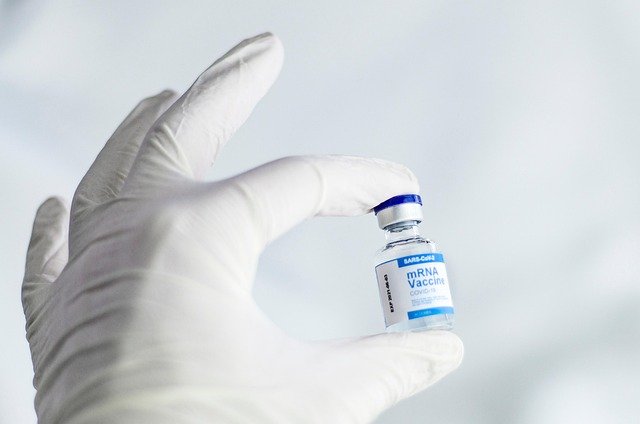Understanding the Structure of Clinical Studies in Dermatology
Clinical studies in dermatology play a crucial role in advancing our understanding of skin conditions and developing effective treatments. These studies follow a rigorous scientific process to ensure the safety and efficacy of new skincare products, medications, and therapeutic approaches. By exploring the structure of clinical studies in dermatology, we can gain valuable insights into how researchers investigate skin-related issues and contribute to the field of dermatological science.

What are the key components of clinical studies in dermatology?
Clinical studies in dermatology typically consist of several key components that form the foundation of the research process. These include:
-
Study design: Researchers carefully plan the structure of the study, including the type of trial (e.g., randomized controlled trial, observational study), participant selection criteria, and duration of the study.
-
Participant recruitment: Dermatology researchers identify and enroll suitable participants who meet specific criteria related to the skin condition being studied.
-
Data collection: Throughout the study, researchers gather various types of data, such as clinical observations, patient-reported outcomes, and laboratory results.
-
Statistical analysis: The collected data is analyzed using appropriate statistical methods to draw meaningful conclusions about the effectiveness or safety of the treatment being studied.
-
Ethical considerations: All clinical studies must adhere to strict ethical guidelines to protect the rights and well-being of study participants.
How does the clinical research methodology in dermatology differ from other fields?
While the general principles of clinical research methodology apply across various medical fields, dermatology studies have some unique aspects:
-
Visual assessment: Dermatology often relies heavily on visual evaluation of skin conditions, requiring standardized photography and scoring systems to assess treatment outcomes.
-
Topical treatments: Many dermatological studies involve topical treatments, necessitating careful consideration of factors such as application methods, absorption rates, and potential systemic effects.
-
Quality of life impact: Skin conditions can significantly affect a person’s quality of life, so dermatology studies often incorporate specific measures to assess psychological and social impacts.
-
Long-term follow-up: Some skin conditions require extended periods of observation to fully evaluate treatment efficacy and potential side effects, leading to longer study durations.
What are the typical stages of the dermatology research process?
The dermatology research process typically follows a series of stages, each building upon the previous one:
-
Preclinical research: This initial stage involves laboratory studies and animal testing to assess the safety and potential efficacy of a new treatment.
-
Phase I clinical trials: These small-scale studies focus on evaluating the safety and tolerability of a treatment in healthy volunteers or a small group of patients.
-
Phase II clinical trials: Researchers test the treatment on a larger group of patients with the specific skin condition, assessing both safety and efficacy.
-
Phase III clinical trials: These large-scale studies involve hundreds or thousands of patients to confirm the treatment’s effectiveness and monitor for any rare side effects.
-
Post-marketing surveillance: After a treatment is approved and made available to the public, ongoing monitoring continues to identify any long-term effects or rare adverse events.
How is clinical trial design optimized for dermatology studies?
Dermatology researchers employ various strategies to optimize clinical trial design:
-
Randomization: Participants are randomly assigned to treatment groups to minimize bias and ensure that any differences in outcomes are due to the treatment itself.
-
Blinding: When possible, studies are designed so that participants and/or researchers are unaware of which treatment is being administered, reducing potential bias.
-
Standardized outcome measures: Researchers use validated scales and assessment tools specific to dermatology to ensure consistent and comparable results across different studies.
-
Crossover designs: In some cases, participants may receive both the experimental treatment and a control treatment at different times, allowing for direct comparison within the same individual.
-
Adaptive trial designs: These flexible study designs allow for modifications based on interim results, potentially leading to more efficient and informative research.
What challenges are unique to dermatology study stages?
Dermatology clinical studies face several unique challenges throughout their various stages:
-
Placebo effects: The visible nature of skin conditions can lead to strong placebo responses, making it crucial to design studies that can distinguish true treatment effects.
-
Seasonal variations: Many skin conditions are affected by seasonal changes, requiring researchers to account for these fluctuations in study design and data analysis.
-
Adherence to topical treatments: Ensuring consistent application of topical treatments by study participants can be challenging, potentially affecting study results.
-
Long-term safety monitoring: Some dermatological treatments may have delayed side effects, necessitating extended follow-up periods.
-
Diversity in skin types: Dermatology studies must account for variations in skin types and pigmentation across different populations to ensure broad applicability of results.
Understanding the structure of clinical studies in dermatology is essential for both researchers and consumers of skincare products. These rigorous scientific investigations form the backbone of evidence-based dermatology, guiding the development of safe and effective treatments for a wide range of skin conditions. By appreciating the complexity and thoroughness of this process, we can better evaluate the claims made about various skincare products and treatments, ultimately leading to more informed decisions about our skin health.
This article is for informational purposes only and should not be considered medical advice. Please consult a qualified healthcare professional for personalized guidance and treatment.




